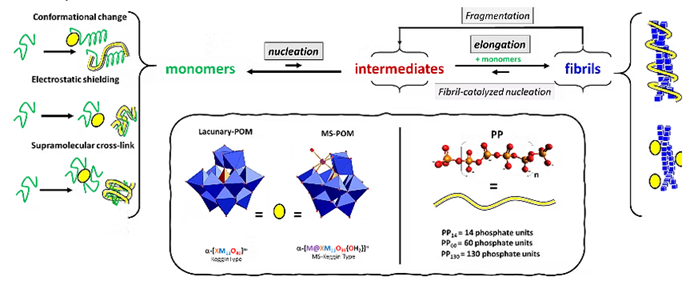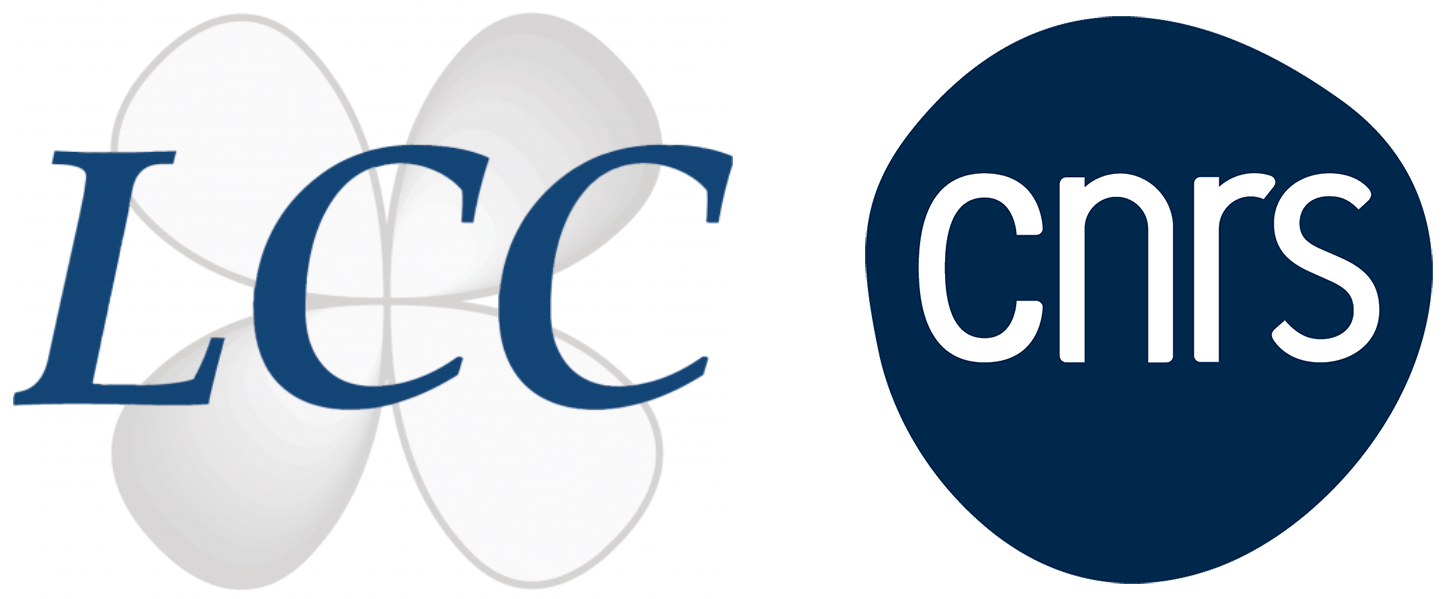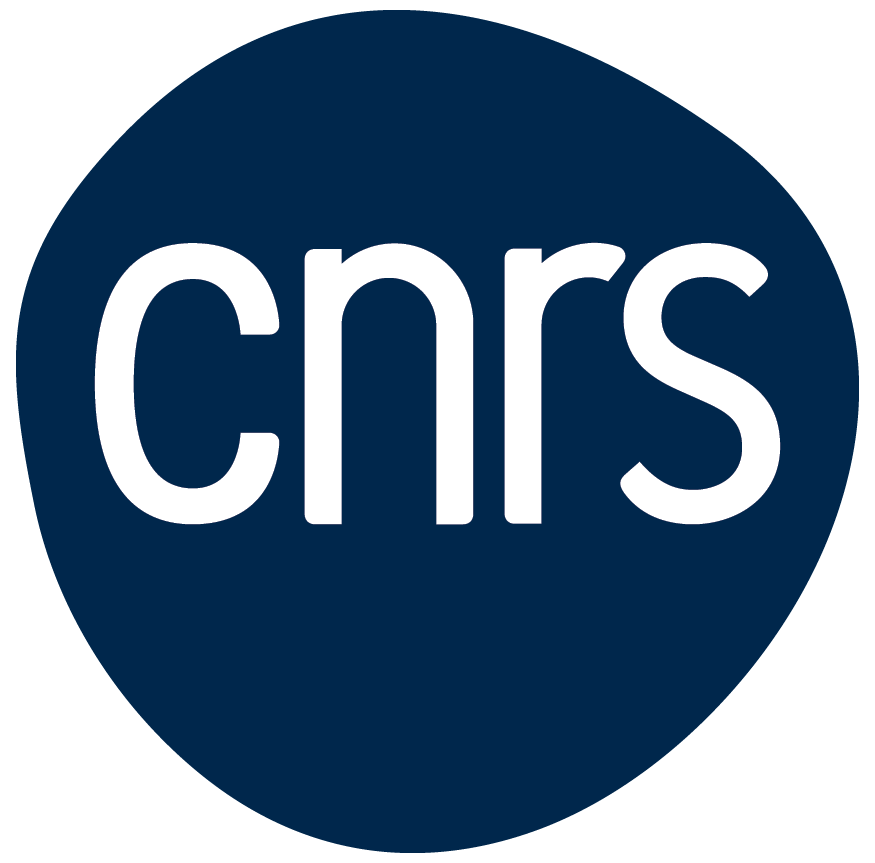LCC
Axis 1. The selective Cu(II) and Cu(I) chelation (C. Esmieu)
The first axis is centered on the design of chelating compounds able to remove Cu from the amyloid-β (Aβ) peptide. Various strategies are investigated: chelation of Cu(I) or/and Cu(II) and associated effects on ROS production & Cu(II)-modulated Aβ self-assembly impact of Zn(II) in Cu extraction from Aβ by chelators, importance of kinetics in Cu removal process, use of metallated pro-drug as less-toxic surrogate of the chelators, etc. The more recent research line consists in selectively targeting Cu(I) with traceable ligands to monitor the fate of the formed complex in biological media.

Axis 2. Inorganic scaffolds as modulators of amyloid-forming peptides self-assembly (C. Hureau)
We make use of natural (polyphosphates, PP) and artificial inorganic chaperones, id est molecules able to modulate the Aβ self-assembly process. Artificial chaperones include polyoxometallates (POM), lacunary or metal-substituted Keggin and Dawson (POM), porphyrines, and Ln- & Re–based complexes.

LCC
Laboratoire de chimie de coordination du CNRS
205 route de Narbonne, BP 44099
31077 Toulouse cedex 4
France




